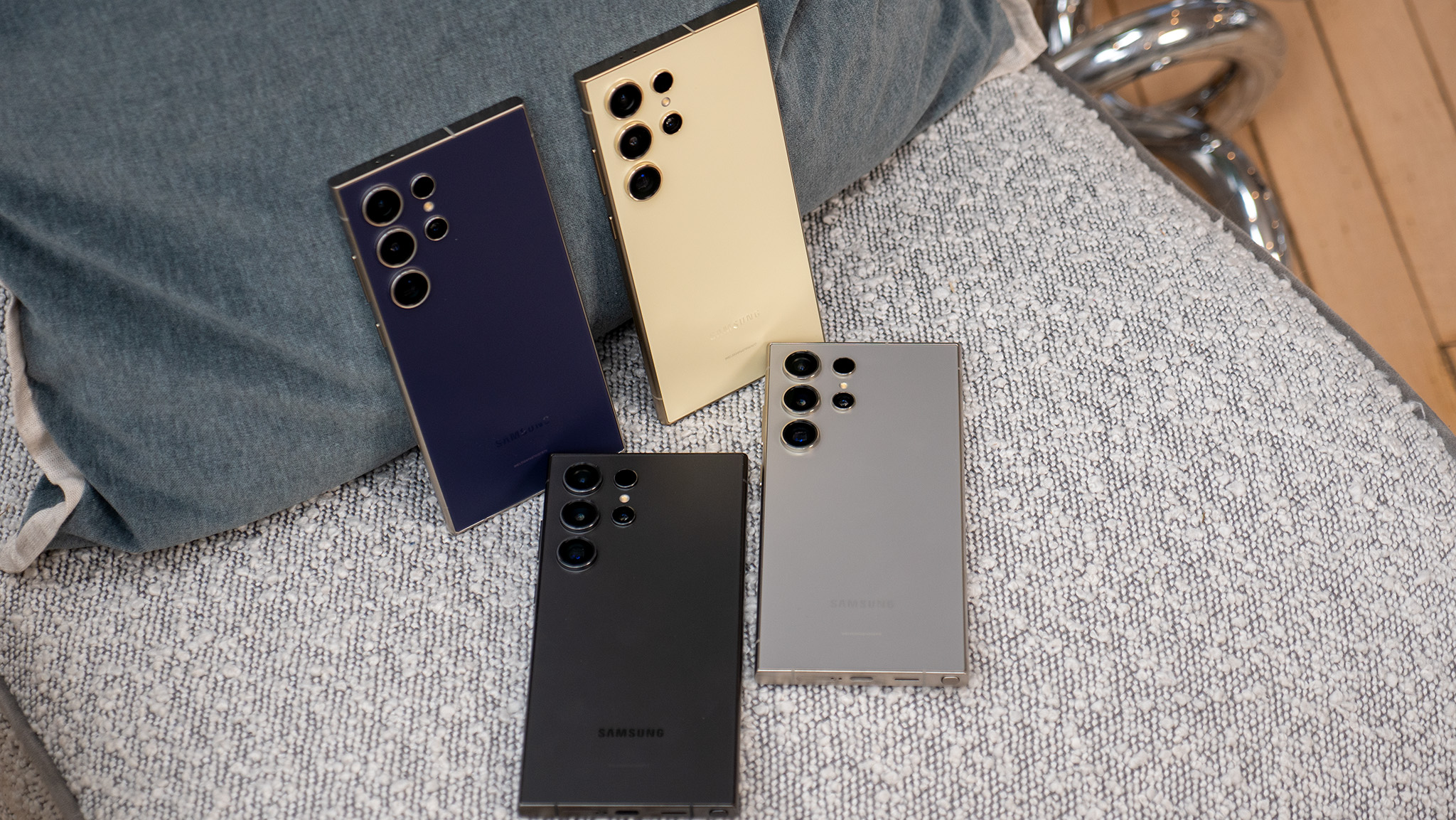
what you need to know
- There are new rumors that Samsung may increase the size of the Galaxy S25 display from 6.2 inches to 6.3 inches.
- Rumors suggest that the company may implement “overall design and concept” changes to its S25 series of hardware next year.
- Previous rumors suggested that the series might change the camera hardware and possibly launch a pricier phone.
Some new rumors suggest Samsung will make design changes to its Galaxy S25 series next year.
As rumored by yeux1122 on Naver, the display size of the base Galaxy S25 may be increased (via WCCFtech ). The leaker quoted Samsung sources as saying that the regular model will have a 6.3-inch display when it launches next year.
The rumor suggests that more changes may be expected as Samsung introduces “overall design and concept” changes to the Galaxy S25 series.
For context, the base Galaxy S24 comes with a 6.2-inch display. The rest of the range offers 6.7-inch and 6.8-inch displays for the S24 Plus and S24 Ultra respectively. The Galaxy S24 Ultra also ditches the curved display in favor of a completely flat display. However, the device retains some curvature along its left and right edges.
What’s more, the Galaxy S24 and S24 Plus continue the same clean, minimalist rear panel as the S23 variants. Both smaller siblings move to a similar design to the Ultra model. It will be interesting to see what additional changes, if any, Samsung brings to the upcoming S25 series.
There have been rumors that Samsung may abandon camera hardware in December 2023 and switch to Sony. If the rumors are true, the Korean OEM is rumored to be ditching the GN series sensors on the S25 and S25 Plus. The Ultra model is said to continue the ISOCELL trend. Speaking of which, the ISOCELL sensor may be upgraded next year with its 200MP capabilities and 0.8μm pixels.
Another rumor claims that Samsung’s flagship series may become more expensive due to Qualcomm’s plans to upgrade the SoC. The company is expected to use more expensive Oryon CPU cores in its upcoming Snapdragon 8 Gen 4 chipsets, which could help it achieve “amazing performance levels.”